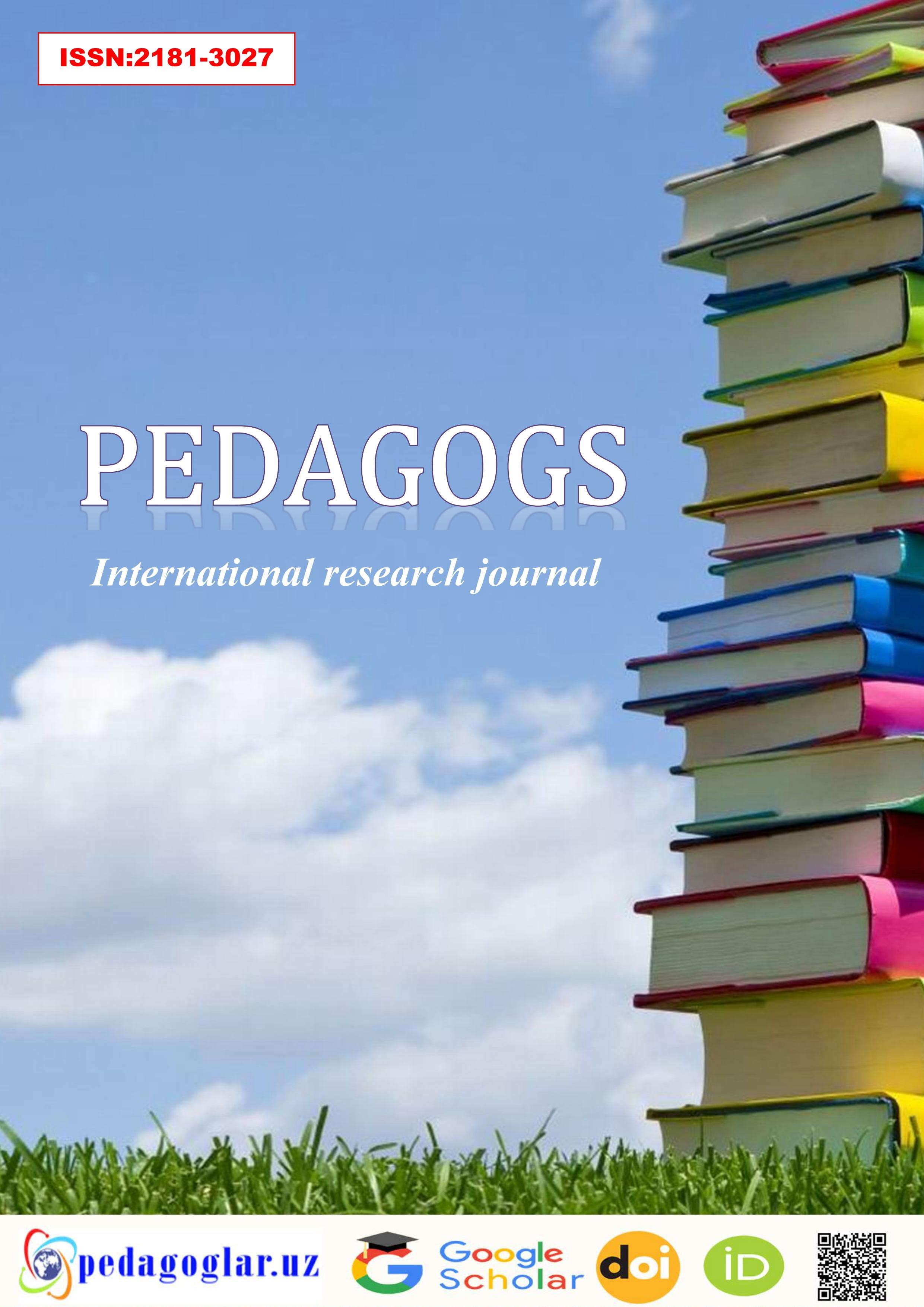ADDRESSING CHALLENGES AND EXPLORING OPPORTUNITIES FOR INNOVATIVE TECHNOLOGIES IN ASTROPHYSICS EDUCATION
##semicolon##
Keywords: astrophysics education, educational innovation, virtual reality in learning, digital inclusion, science education technology.##article.abstract##
Abstract: Adopting advanced technologies like virtual reality (VR), augmented reality (AR), and interactive simulations in astrophysics education offers exciting possibilities for improving student engagement and comprehension. However, educators and institutions face various obstacles, such as limited resources, complex subject matter, and a lack of tailored training. This study examines the current barriers to implementing innovative technologies in astrophysics instruction and discusses actionable approaches to overcome these hurdles. Through understanding these challenges, educators can better leverage technology to create dynamic learning experiences in this complex scientific field.
##submission.citations##
1. Anderson, M., & Mayer, R. E. (2021). Benefits and limitations of VR in science education: A meta-analytic review. Educational Researcher, 50(3), 175-187.
2. Rashidov, D. G., Sh, T. U., & O’Tkirov Sh, X. (2024). Main advantages in the methodology of teaching physics and astronomy using innovative technologies in education. Экономика и социум, (5-2 (120)), 547-550.
3. Bower, M., DeWitt, D., & Lai, J. W. M. (2020). Impact of immersive virtual reality on science learning: A systematic review. Educational Technology Research and Development, 68(4), 195-215.
4. Chandrasekaran, S., & Alamer, A. (2021). Exploring the effectiveness of augmented reality in physics and astronomy education: A review. Computers & Education, 166, 104156.
5. Chen, R., & Fang, W. (2021). Artificial intelligence in personalized education: A literature review and implications for educators. Computers in Human Behavior, 115, 106595.
6. De Backer, L., & Brisson, J. (2022). Applying VR to improve science learning outcomes in secondary education: A quasi-experimental study. Journal of Science Education and Technology, 31(2), 155-168.
7. Domínguez, A., & Salas-Morera, L. (2021). Impact of VR/AR on students’ learning experience in astronomy and astrophysics: A review. Innovations in Education and Teaching International, 58(4), 394-408.
8. Fowler, C., & Torres, K. (2019). Integrating immersive VR for conceptual learning in astrophysics. British Journal of Educational Technology, 50(5), 2339-2349.
9. Huang, X., & Liaw, S. S. (2020). Exploring the impacts of VR on students' science motivation and engagement: A meta-analysis. Journal of Educational Technology, 51(1), 67-85.
10. Johnson, A., & Levine, L. (2020). Integrating AR technologies in science classrooms: Enhancing engagement and understanding in complex scientific domains. Journal of Science Education and Technology, 29(5), 437-447.
11. Kirkpatrick, H., & Randle, A. (2022). Digital inclusion in VR for K-12 science education. Educational Researcher, 51(4), 321-332.
12. Lin, H., Tsai, M., & Chai, C. S. (2022). Emerging technologies for science education: A review of VR and AR in STEM learning. Computers & Education, 166, 103608.




